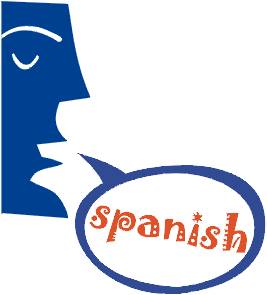This month’s tip is about body parts. I thought of this because I once heard a woman explain that the only Spanish her daughter ever learned was from the Spanish version of the song “Head and Shoulders, Knees and Toes”. I thought, well, at least it is somewhat useful. If you are in pain or otherwise need to point out something on your body, it could be rather helpful to know the word for it. So here are a few of the more commonly used ones:
The Body = El Cuerpo (El coo-er poe)
The Head = La Cabeza (lah cah bay saw)
The Shoulders =Los Hombros (lohs ome bros)
The Knees = Las Rodillas (lahs roe dee yas)
The Toes =Los Dedos de Pie (lohs day does day pee ay)
The Foot = El Pie (el pee ay)
The Leg = La Pierna (la pee air nah)
The Arm = El Brazo (el bra so)
The Face = La Cara
The Eyes = Los Ojos (lohs oh hoes)
The Ears = Las Orejas (lahs or ay hahs)
The Mouth =La Boca (La Boe kah)
The Nose = La Nariz (Lah Nah dees)
The Hair = El Cabello (El cah bay yo) -this refers to hair on the head, elsewhere it is ‘pelo’
The Tongue = La lengua (lah laing gwa) -this can also be a word for language which has a similar root in English.
In the song it is “Cabeza, hombro, rodilla, pie” (sometimes pierna (leg) is in place of rodilla) in order for it to fit the rhythm of the song, but that literally translates to: Head, shoulder, knee, foot.


